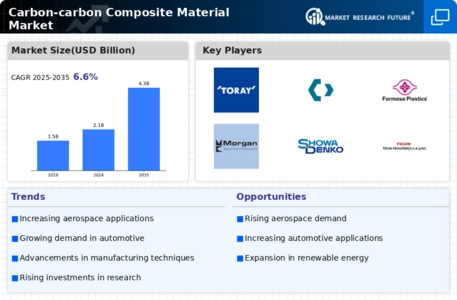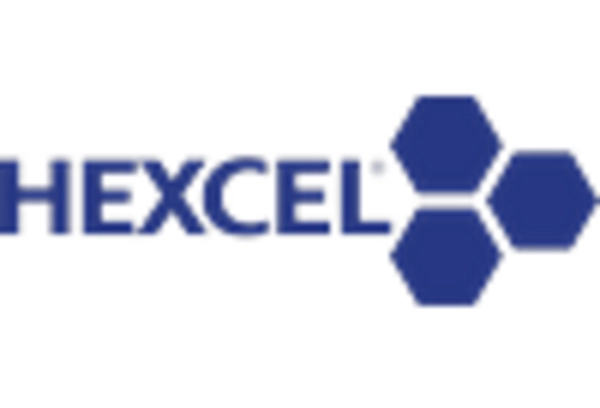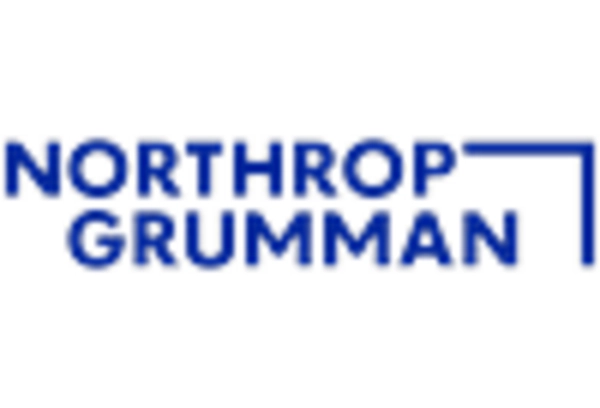Carbon carbon Composite Material Market Summary
As per MRFR analysis, the Carbon-carbon Composite Material Market Size was estimated at 2.177 USD Billion in 2024. The Carbon-carbon Composite Material industry is projected to grow from 2.32 in 2025 to 4.377 by 2035, exhibiting a compound annual growth rate (CAGR) of 6.55 during the forecast period 2025 - 2035.
Key Market Trends & Highlights
The Carbon-carbon Composite Material Market is poised for substantial growth driven by technological advancements and increasing applications across various sectors.
- The aerospace sector exhibits a rising demand for carbon-carbon composites, indicating a robust market trajectory.
- Sustainable manufacturing practices are gaining traction, reflecting a shift towards environmentally friendly production methods.
- Technological innovations are propelling growth, particularly in the development of carbon-carbon laminates, which are becoming increasingly popular.
- Key market drivers include advancements in manufacturing techniques and the growing demand in the automotive sector, which are likely to enhance market dynamics.
Market Size & Forecast
| 2024 Market Size | 2.177 (USD Billion) |
| 2035 Market Size | 4.377 (USD Billion) |
| CAGR (2025 - 2035) | 6.55% |
Major Players
Hexcel Corporation (US), SGL Carbon SE (DE), Mitsubishi Chemical Corporation (JP), Toray Industries, Inc. (JP), Northrop Grumman Corporation (US), Boeing Company (US), General Electric Company (US), L3Harris Technologies, Inc. (US)


















Leave a Comment